Perfectly Cast
It’s been a good life all in all — as far as Liberty Bell replicas go. I was cast in France, but I’m American as can be. And as Texan as all get-out.
I’ll tell you this about the French: they value their bells. As the Nazis blitzkrieg bopped their way across Europe, they pillaged bells from churches and town halls along the way. Bells are easy to find, hard to hide and plentiful sources of raw materials. They melted down 150,000 bells, some dating back to the twelfth century, recasting their alloys as arms and armaments. But France didn’t surrender their bells. The Vichy regime struck a deal with the Nazis, offering instead to melt down the country’s bronze statues and monuments to power the German war machine.
High in the French Alps, the Paccard foundry has been blending ancient traditions and family secrets to make bells since 1796. In 1950, they pulled off a feat no American company could — casting 57 full-size Liberty Bell replicas in record time for the US Treasury’s summer Savings Bond drive.
So it’s with a certain ingrained sense of duty that I touch down on American soil at the port of Houston in 1976. I’m a freshly cast rookie entering the biggest season in patriotic celebration in 100 years. Or at least, that’s how it was billed.
As the story goes, I’m one of 70 Liberty Bell replicas ordered by the Daughters of the American Revolution to meet the needs of nationwide Bicentennial celebrations. Try to locate my 69 brothers in bronze, and you’ll see the actual demand fell far short of the hype. The Bicentennial was hampered by the fact it happened to happen in 1976. Patriotic nostalgia was a tough sell.
Nevertheless, I’m here. I’m on the cusp of cracking open the American dream. And I’m going to make the most of it. America is an idea. And I’m what that idea looks like. The big, bold strapline tattooed on my shoulder makes my job here clear: Proclaim Liberty Throughout All the Land Unto All the Inhabitants thereof.
Shackled and drawn
While my fate is far from certain, a group of Vietnam Veterans from Fort Worth are the first to show a real interest in me. They plan to build a downtown memorial to their fallen brothers, with me as its centerpiece. Anyone wanting to pay their respects could walk up and toll the Liberty Bell. City fathers agree to the monument only if I’m kept silent for all but the special occasions of their choosing.
The veterans hold their ground, refusing to see me shackled. Fort Worth isn’t ready for an untethered Liberty Bell, and the country isn’t ready for a Vietnam memorial.
Freedom rolls
Instead, I hit the road aboard the American Freedom Train, the brainchild of a young New York commodities broker and train enthusiast. It’s a 26-car, steam-driven celebration of all things American: Smokin’ Joe Frazier’s boxing shorts, a genuine moon rock, the Louisiana Purchase. And me.
Tens of millions line the tracks to watch us roll through their town, weaving a patchwork path through the lower 48. Oddly, I’m upstaged by another Liberty Bell replica, this one twice my size and eight times my weight: the bemusing, behemoth Freedom Bell, commissioned by the American Legion and now on display in Washington, DC.
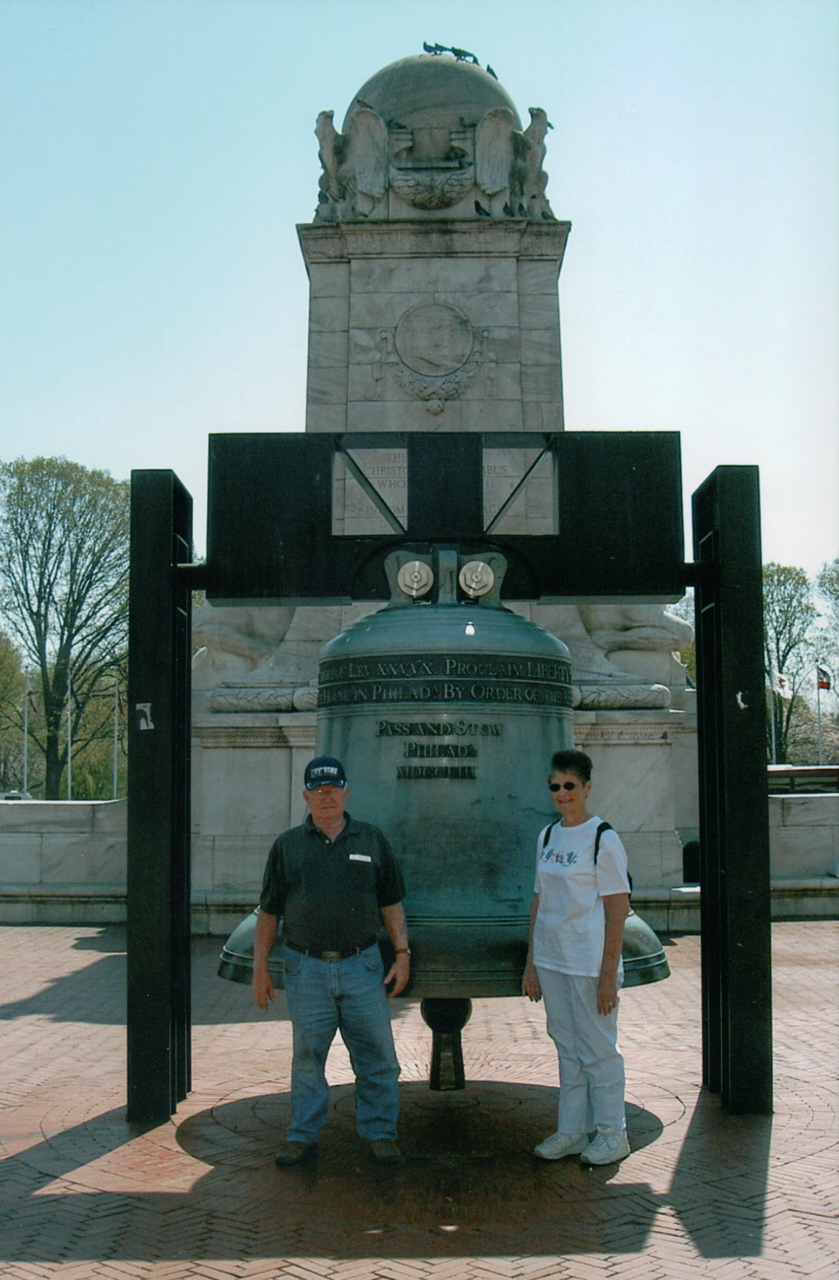
Laying low
The 1980s come and go in a blur of modern self-celebration that leaves little room for the kind of solemn reflection Liberty Bells offer. Entering its third century, America is like a young urban professional with a good job, a fast car and no time for ancient relics.
It’s the kind of social climate where a Liberty Bell could up and vanish without anyone noticing. The 1950 US Treasury replica belonging to our nation’s capital did just that. Temporarily removed from public display to make way for a construction project, it disappeared. Permanently.
A higher calling
As long as humans have been calling on their ancestors and communing with their creator, bells have been part of the conversation. In four out of five major world religions, we’re deeply ingrained in the architecture and ceremony of worship. Buddhists believe a bell’s vibration can awaken a sleeping soul. Hindus believe a bell’s toll can absolve your sins and the sins of your past 100 lives. From the belfries of Notre-Dame to the humble country church, bells have called Christians to worship for millennia.
Every bell has its own character. Scratches and nicks and patina tell the tales of where it’s been and for whom it’s tolled. Every bell has its tone. Musically speaking, mine is a pleasant “E.” Every bell has a shoulder, head, mouth, lip and clapper.
Every bell is brought into this world by skilled founders practicing a craft handed down from generation to generation. Anyone can make art or sing songs or write books. Not anyone can make bells. Just ask Pass and Stow.
Very few bells these days have a belladier — a devoted ringer, promoter and travel companion. In 1994, David Hall, a sandblaster by trade, finds his true calling, and I find my belladier.
Ground zero
The event that brought us together unfolded on a quiet, sprawling ranch in Axtell, Texas, the previous year.
Acting on a suspicion that licensed arms dealers were stockpiling illegal weapons, the Federal Bureau of Alcohol, Tobacco and Firearms attempted to serve a search warrant for the premises and an arrest warrant for the community’s leader.
In the process, a gunfight broke out, resulting in the death of four ATF agents and six residents. The warrants were not served, and a standoff ensued.
Concerned citizens from across the country flock to Axtell and nearby Waco to protest law enforcement’s handling of the situation. As days turn to weeks, reporters stationed to cover the standoff look to the assembled crowd for more stories.
A young man sits quietly on the hood of his car, selling bumper stickers — a dollar-fifty each or four for five dollars.
After 51 days, the standoff ends in flames on April 19, 1993. The bodies of 51 adults and 25 children are pulled from the ashes.
On the first anniversary of the fire, David Hall and I find ourselves in Axtell and find our shared mission: tolling to remember the dead.
David Thibodeau, one of nine to leave the building as it burned, stands before a small group of supporters and reporters. As each name of the departed is read, he tugs the rope, my clapper clangs, and together, we ring out for miles in every direction.
We return on the second anniversary, and Thibodeau repeats the observance. Gasps reverberate through the crowd of about 100 as news breaks of the bombing of a federal building in Oklahoma City. Middle Eastern terrorists seem the likely suspects, possibly the same cell who bombed the World Trade Center in New York the previous year.
Less than an hour after the attack, an Oklahoma state trooper pulls over an Easter-yellow 1977 Mercury Grand Marquis for driving without a license plate. The quiet young man who sold bumper stickers here is charged with the bombing that killed 149 adults and 19 children. During trial, he shows no remorse and details his motivation to exact revenge on the federal government on the anniversary of the events at Axtell. On June 11, 2001, the federal government serves him two pints of mint chocolate chip ice cream and executes him by lethal injection.
We carry on with the annual ceremony at Axtell. In 1998, nine-year-old Kimberly Martin, one of 21 children who left the building during the standoff, tolls out a remembrance of her mother, who perished in the fire.
In 2000, the names are read from inside a newly built chapel. A 26-year-old short-wave radio talk show host from Austin spearheaded the campaign raising $94,000 for construction. The names of the four ATF agents who died are added to the recitation. The talk show host calls them “Misguided Gestapo agents.” Twenty-two years later, judges in Texas and Connecticut order the radio host (who built a media empire after building the little chapel in Axtell) to pay $1.487 billion in damages to a first responder and families of some of the 20 children and six adults killed at a school shooting in Newtown, Connecticut in 2012. The host had repeatedly claimed the shooting was staged and the dead children weren’t really dead.
Memorialized
After the terror attacks of 9/11, our focus shifts to honoring soldiers and first responders standing and fallen, ringing out at military and police funerals, memorial dedications and patriotic celebrations.
On Mister Hall’s trailer, I’m flanked by gigantic faux-stone monuments to the Ten Commandments. Like Styrofoam bookends, they go everywhere we go. Collectively, we’re branded as the Liberty Bell & Law Memorial.
We survive a crash that knocks me off my pedestal and puts Mister Hall in the hospital.
We make a pilgrimage to the cradle of liberty, the birthplace of the nation: Philadelphia. As the original Liberty Bell stands silently nearby, 4,000 visitors step up to give me a ring.
We visit Frank Buckles, the last living American veteran of the First World War. The 106-year-old, who enlisted at age 16 and spent three years as a civilian POW in the Philippines during the Second World War, pealed out a final salute to his fallen comrades.
The last full measure
There is a solemn, storied cadence to military interments. Leading up to the proceedings, we toll every 20 seconds. When any servicemember is walking during the ceremony, the tempo increases to every three seconds. When the body is laid to rest, we strike seven final, somber notes.
David Hall joins the Patriot Guard Riders, a group of leather-clad motorcyclists who most notably act as human shields during military and other high-profile funerals — protecting grieving loved ones from the shouting members of a Topeka, Kansas congregation who choose such occasions to preach their position that God hates America and homosexuals.
We receive commendations from the US Department of Veterans Affairs, the New York City Fire Department and two presidents. We’re honored with the highest civilian awards from the Sons of the American Revolution and the American Legion.
All in all, we burn through three trucks, log 300,000 miles, and honor more than 650 Americans who paid the ultimate price for liberty.
My most challenging assignment comes on October 14, 2011. Patriot Guard Riders flank my trailer as David Hall and I slowly log our last highway miles together. Today the bell will toll for the belladier. Pancreatic cancer. Sixty years old. I don’t know how to do this without him. In his stead, Mister Hall’s 14-year-old grandson takes the rope in hand, and together we ring out a steady dirge, each note precisely 27 seconds apart.
Speaking to a newspaper reporter after the ceremony, one Patriot Guard Rider sums it up: “We are not sure if God gave this bell to David or David gave the bell to God.”
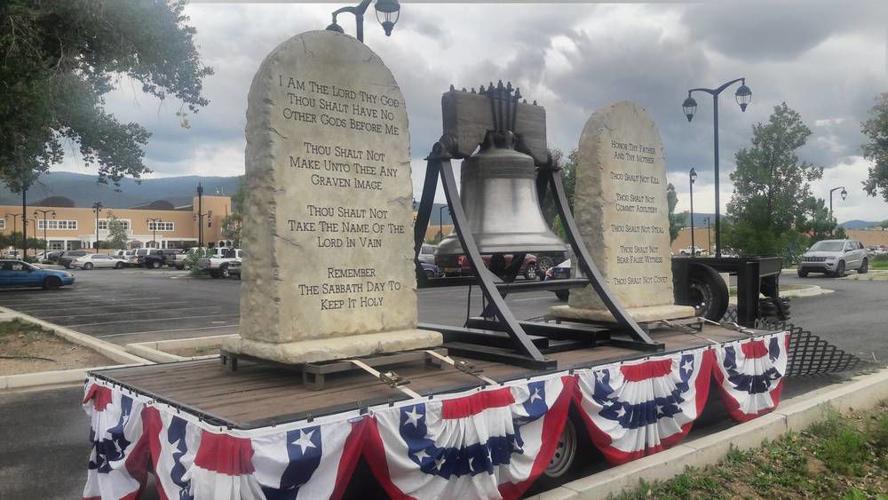
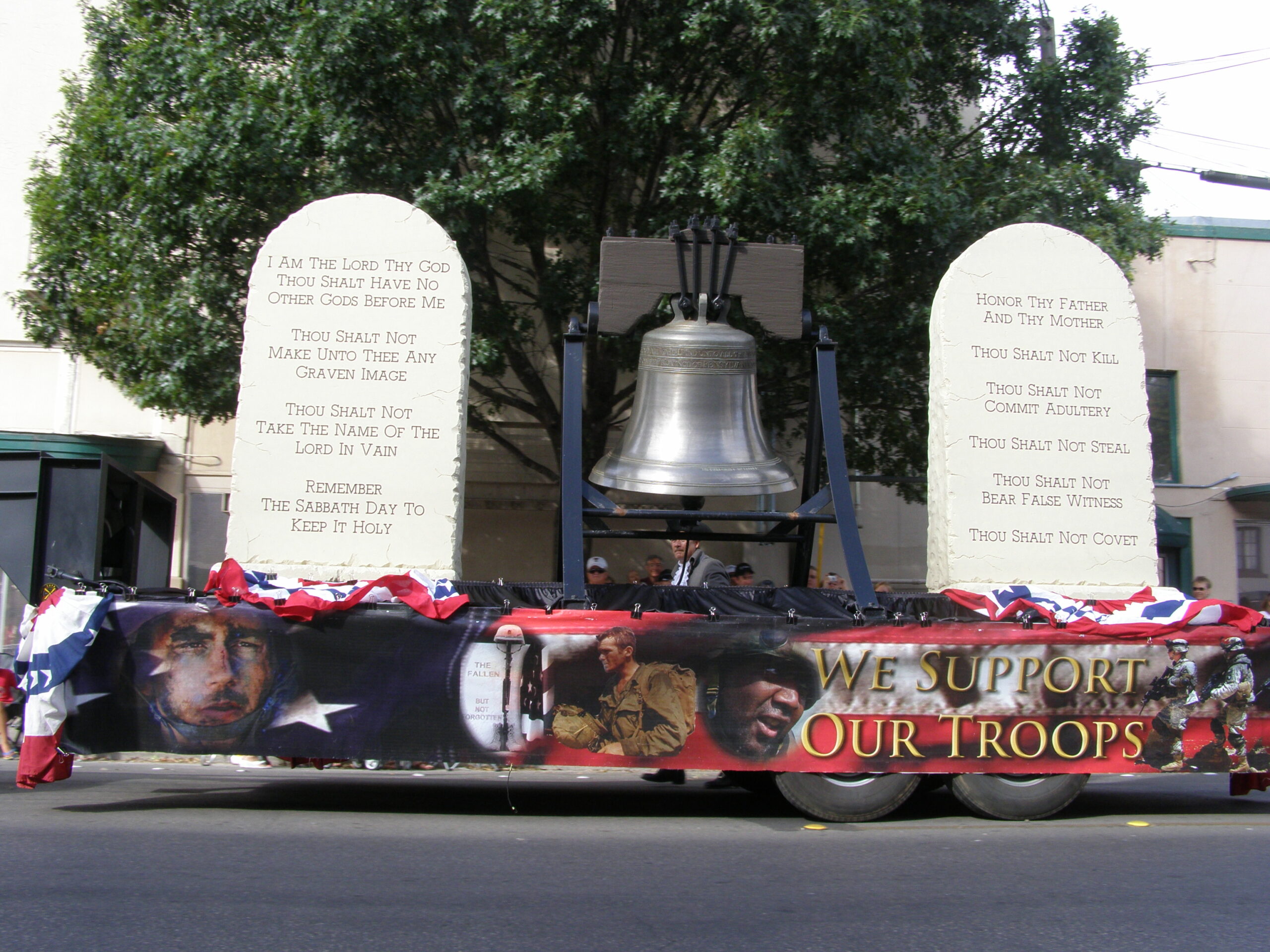
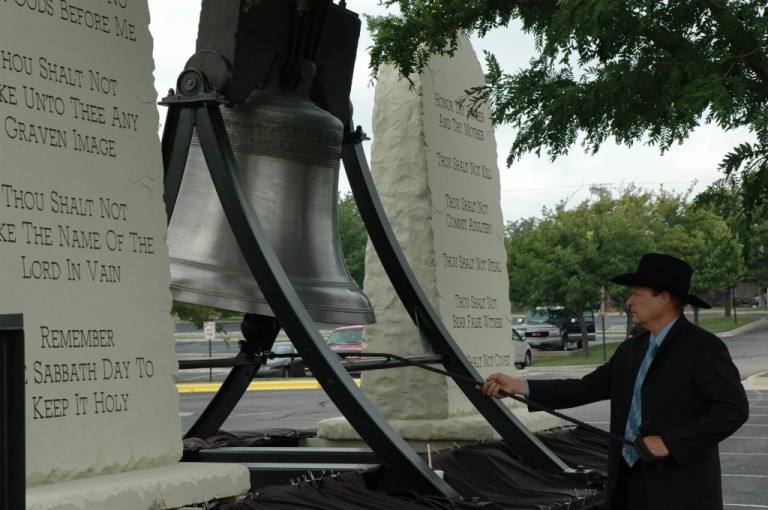

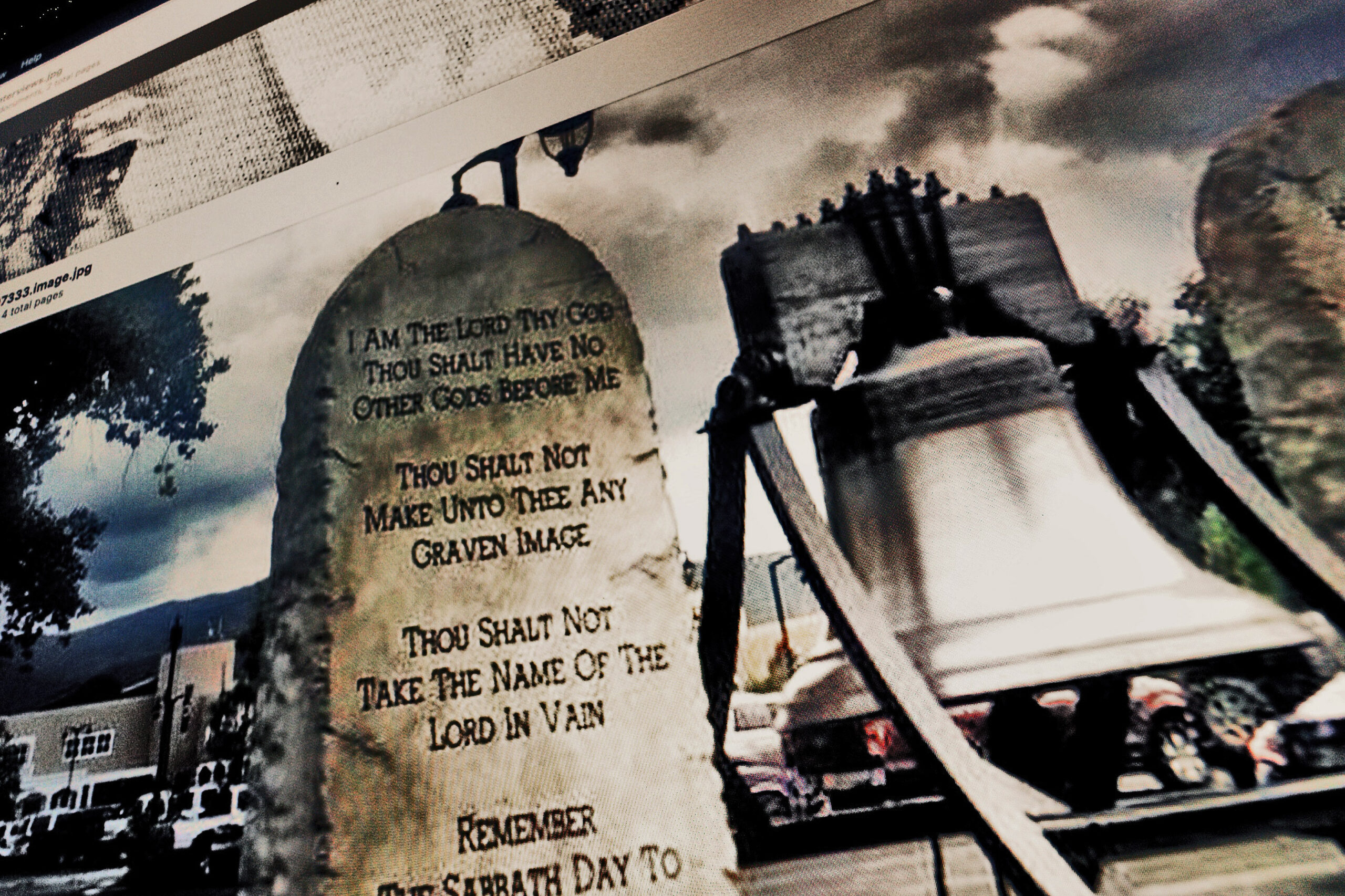
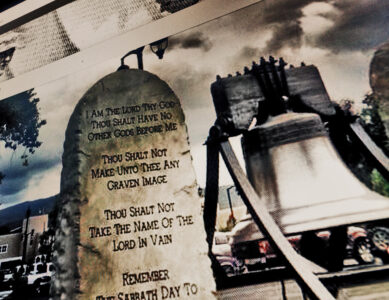
This is beautifully well said, done. David and Phyllis and The Liberty Bell and Law Memorial were at the Liberty Festival in Liberty Hill, Texas, July, 2006.
I will never forget their impact. On me. The community. David’s gentile affirming voice carefully directing children and adults alike as they rang The Liberty Bell. A unique monumentally moving resounding personal experience.
With solemn grace in genuine humility when David respectfully awarded his personally designed commemorative medallion to Gold Star families, those were overwhelmingly powerful moments of deeply appreciative sincere remembrance.
Don,
Thanks for the kind words and personal insight.
I got the honor of ringing the bell and it was humbling experience to do so. While it was an Honor to do so it was for a Heartbreaking reason of the passing of a Fallen Brother.
Mixed emotions ran through as I did it. But its truly a remarkable service David, and Thanks for your endeavor and leagacy and have full support on going.
Aaron,
Thanks for your comment. My absolute favorite thing about this site is hearing from the folks who had personal involvement with these bells and the people who love them. Feel free to share any additional info or thoughts you have. You can email me at [email protected].
Cheers,
—Tom